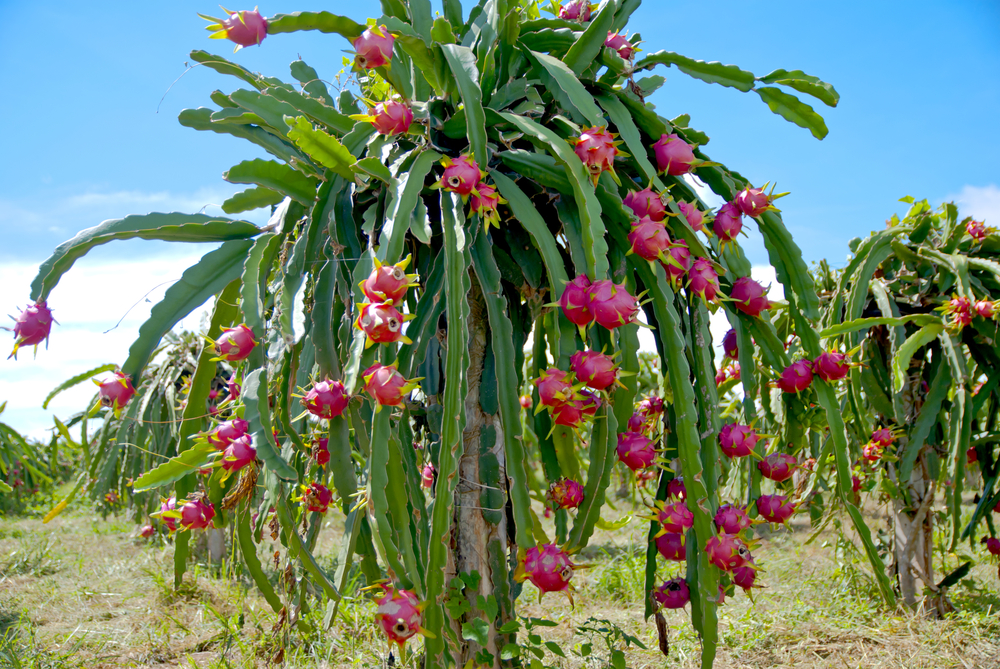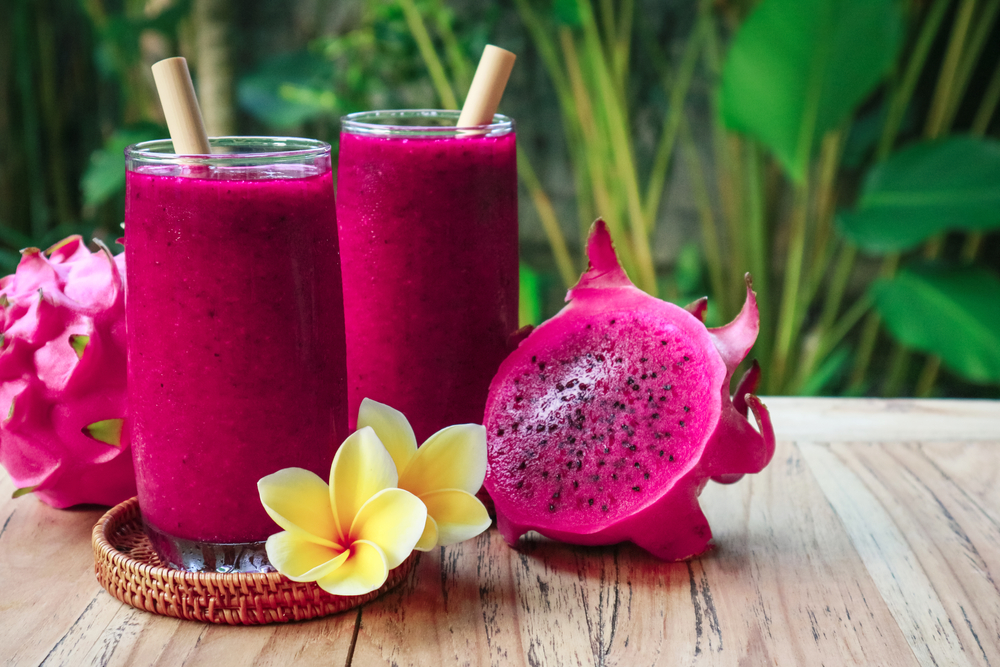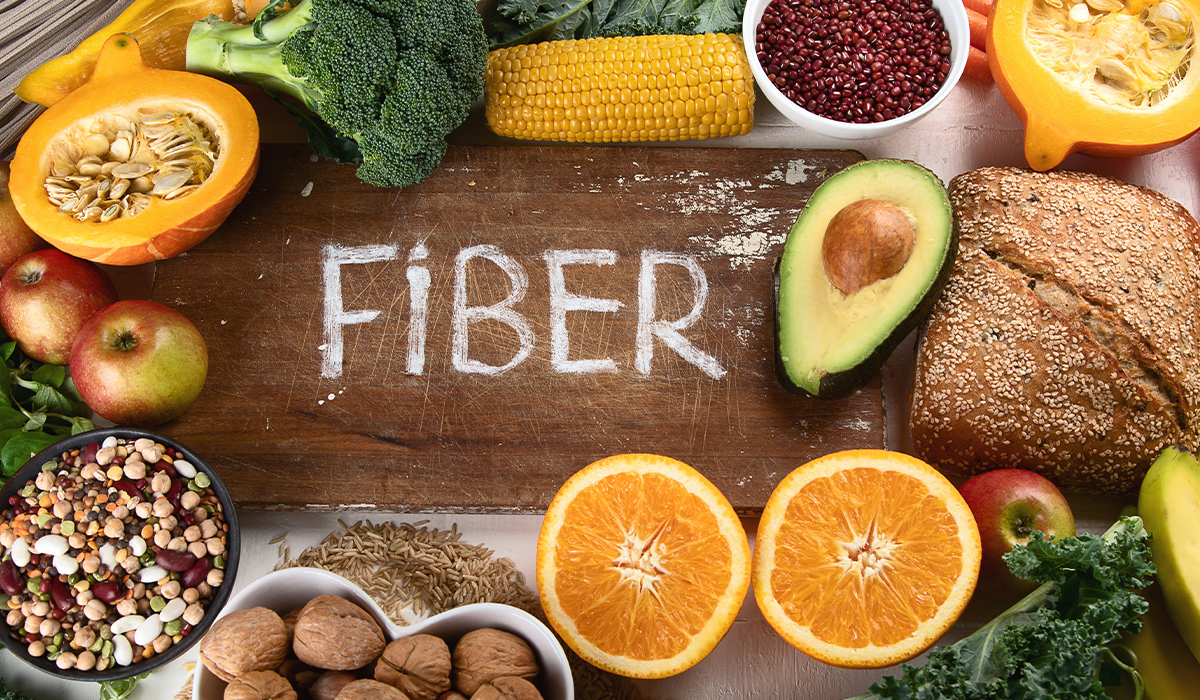Dragon fruit is also known as Honolulu Queen, pitaya, Hylocereus cactus, and dragon pearl fruit. It's a sweet fruit available at grocery shops alongside pineapples, bananas, watermelons, avocados, mangos, and other exotic fruits.
Because of the presence of antioxidants, vitamins, and minerals, pitaya is often considered a superfood. It's packed with beneficial nutrients like dietary fiber, Vitamin C, Magnesium, and anti-inflammatory compounds such as flavonoids and carotenoids.
Dragon fruits are native to tropical regions in Central and South America. Usually, they are cultivated in countries in Latin America, including Mexico, Columbia, Nicaragua, and Costa Rica.
With the growing demand for the pitaya, it is being introduced to new regions. Australia, Reunion Island, Israel, and some USA states (California, Florida, Hawaii) are places where dragon fruits were successfully grown and harvested.

Bioactive compounds present in dragon fruit include polyphenols, flavonols, flavonoids, tannins, and betacyanins.
Flavonoids present in pitaya include myricetin, rutin, and quercetin. It also contains phenolic acids such as gallic acid, caffeic acid, and protocatechuic acid.
The flesh of dragon fruit can be white or magenta, which is determined by the presence of betacyanins and betaxanthins. The former ones are abundant in the peel of red dragon fruit.
The above micronutrients are often associated with antioxidant and anti-inflammatory activity![]() responsible for fighting free radicals in the body. To learn more about the benefits of flavonoids, polyphenols, and other bioactive compounds, refer to the ‘Has antioxidant and anti-inflammatory properties' Paragraph
responsible for fighting free radicals in the body. To learn more about the benefits of flavonoids, polyphenols, and other bioactive compounds, refer to the ‘Has antioxidant and anti-inflammatory properties' Paragraph
Dragon fruit is considered a superfood (highly nutrient-dense food). Even though it doesn't have a lot of calories, it is packed with vitamins, fiber, and minerals.
One serving of 100 grams of dragon fruit has 60 kcal and contains the following nutrients![]() :
:
In addition to beneficial nutrients, dragon fruit also contains polyphenols![]() , betacyanins, and carotenoids. These three chemical compounds are plant micronutrients and have been linked to many health benefits.
, betacyanins, and carotenoids. These three chemical compounds are plant micronutrients and have been linked to many health benefits.
The flesh of dragon fruit is rich in various nutrients, which can positively impact physical health. According to numerous studies, there are reasons to believe this bizarre-looking fruit deserved its superfood status.
The perks of regular consumption of pitaya are as follows:
There are various antioxidants present in dragon fruit's skin and flesh. The most significant are as follows:
The primary role of antioxidants![]() is to fight free radicals that damage body cells. Depending on the antioxidant, these chemical substances also reduce inflammation, lower the risk of developing cancer, support heart functions, and holistically improve a person's health.
is to fight free radicals that damage body cells. Depending on the antioxidant, these chemical substances also reduce inflammation, lower the risk of developing cancer, support heart functions, and holistically improve a person's health.
A healthier gut is one of the most significant benefits of regularly eating dragon fruit. Fruits, including pitaya, are an excellent fiber source, improving the digestive tract's performance and reducing the risk of cancer and heart diseases.
In addition to fiber, dragon fruits contain oligosaccharides![]() , carbohydrates naturally found in plant foods. They stimulate the growth of beneficial gut bacteria, making digestion smoother.
, carbohydrates naturally found in plant foods. They stimulate the growth of beneficial gut bacteria, making digestion smoother.
There are two types of bacteria that pitaya promotes: bifidobacteria and lactic acid bacteria. They support the digestion process and, thus, overall health.
Dragon fruit may benefit type 2 diabetes patients![]() and all those who need to control their blood sugar levels. One research suggests that it contributes to the growth of pancreatic cells that take part in insulin production.
and all those who need to control their blood sugar levels. One research suggests that it contributes to the growth of pancreatic cells that take part in insulin production.
Another blood-themed perk of eating dragon fruit is related to blood flow. Researchers believe it improves the overall quality of blood circulation in the human body.![]() One small study investigating the effects of dragon fruit consumption on blood flow yielded promising results. It involved 18 young and healthy adults, both men and women. Researchers found that the group that consumed 24 grams of dragon fruit powder once per day for two week period had significantly better blood flow in comparison with the placebo group.
One small study investigating the effects of dragon fruit consumption on blood flow yielded promising results. It involved 18 young and healthy adults, both men and women. Researchers found that the group that consumed 24 grams of dragon fruit powder once per day for two week period had significantly better blood flow in comparison with the placebo group.
Daily consumption of dragon fruits may sustain the beneficial effects on blood circulation and blood sugar levels, despite the presence of sugar in the fruits.
The presence of antioxidants in dragon fruit can also aid the skin's condition and help heal wounds. They keep the skin fresh and slow down the aging process.
What is interesting, consuming dragon fruits is not the only way to improve the look and health of the skin. Pitaya flesh can be applied to the surface of the skin in a number of ways. For instance, you can mix the fruit's pulp with honey to create a safe and healthy balm. Such a method can be used as an acne prevention or moisturizer.
Pitaya flesh is rich in Vitamin C and flavonoids, which makes it a beneficial ingredient in ointments. It can stimulate cell regeneration and reduce inflammation. As a result, wounds and surface injuries on the skin heal more effectively.
Another health benefit of eating dragon fruits is better hair quality. The beneficial components of this superfood were linked to hair growth and shiner, thicker and softer hair.
Iron which comes in abundance in pitaya flesh contributes to the more voluminous hair and stimulates its growth. It does not only treat damaged hair but also keeps them more resistant to physical damage as long as you regularly consume this fruit.
According to research, dragon fruit has the potency to support heart health. It does not only decreases bad cholesterol levels and contains compounds that increase amounts of good cholesterol in the human body, so it's a double win for the heart.
Moreover, the black spots on pitaya flesh contain high concentrations of omega fatty acids partially responsible for removing triglycerides – lipids that may increase the risk of a heart attack or stroke.
Dragon fruit is made of 18% Magnesium, an element that supports bone health. One glass of pitaya smoothie daily is an excellent strategy to keep bones and joints strong and lower the risk of bone fractures and diseases.
People with eye problems may benefit from snacking on dragon fruit every day. Because it contains beta-carotene![]() , it can prevent eye problems such as cataracts and macular degeneration. Beta-carotene is a pigment naturally found in plants that gives them their color. It improves the health of the eyes and vision.
, it can prevent eye problems such as cataracts and macular degeneration. Beta-carotene is a pigment naturally found in plants that gives them their color. It improves the health of the eyes and vision.
Vitamins C and A, which are also found in dragon fruit, add to the eye-related benefits. They protect the cornea and boost color and low-light vision.
Dragon fruit's unusual appearance may seem intimidating, but it is easy to eat. Ripe dragon fruits have bright red color and soft flesh. They can be eaten raw, but more original ways exist to enjoy their unique taste.
Here are some ideas you can try:
Like other fruits, dragon fruit is an excellent addition to desserts and well-balanced meals. Ensure only to consume bright red pitayas, and avoid unripe green ones. Some fruits may have bruises that indicate they are overripe – you can eat them, but they are not as tasty as ripe, soft pitayas.

Dragon fruit is safe to consume and doesn't cause any side effects to most people. Sensitivity or allergy to this fruit is rare, affecting some people allergic to kiwi or suffering from Oral Allergy Syndrome.
The most common symptoms caused by dragon fruit consumption among such people include:
Some symptoms are unrelated to allergies and illnesses and may be caused by eating large amounts of dragon fruit during one day. These include:
Because dragon fruit contains a high amount of dietary fiber, it is recommended not to eat more than 2-3 servings of the fruit a day for adult people.
If you are not allergic to fruits and still experience some symptoms after eating dragon fruits, consider lowering the daily intake or discontinuing the use if the side effects are too much to handle.
Dragon fruit's versatility in terms of its nutrients and taste makes it a perfect snack, an addition to desserts, salads, and meals. It can be consumed raw and can even be blended to create a healthy, exotic smoothie.
Moreover, it is difficult to eat too many dragon fruits – side effects occur rarely and primarily affect people with fruit allergies. Because of that, it is worth getting a try. It tastes fantastic and has many beneficial effects on the body thanks to its high antioxidant content.
Table of Contents

Monk fruit is an extraordinary plant with many health properties. The processed fruit can be used as a substitute for… read more »

Durian is a fruit with an unusual smell. It also has many health benefits. However, in certain situations you should… read more »

Do you know how eating high fiber foods will affect your health? Learn all about fiber and how it affects… read more »

Bananas are a nutritious and healthy food. Eating bananas can bring many benefits. However, the fruit is high in calories.… read more »

Lychee is a fruit known for its exceptional flavor. Discover the health benefits of incorporating lychee into your diet, and… read more »

Papaya, a fruit cherished for its flavor and health benefits, offers a variety of culinary options for incorporating it into… read more »

Alopecia is a disease that manifests itself in various ways, including thinning or loss of hair. What are the causes… read more »

Cherries are tasty and healthy fruits. They exhibit many properties due to their content of unique ingredients. Learn more about… read more »

Figs are unusual and tasty fruits. Adding them to your diet can bring many health benefits. However, not everyone can… read more »